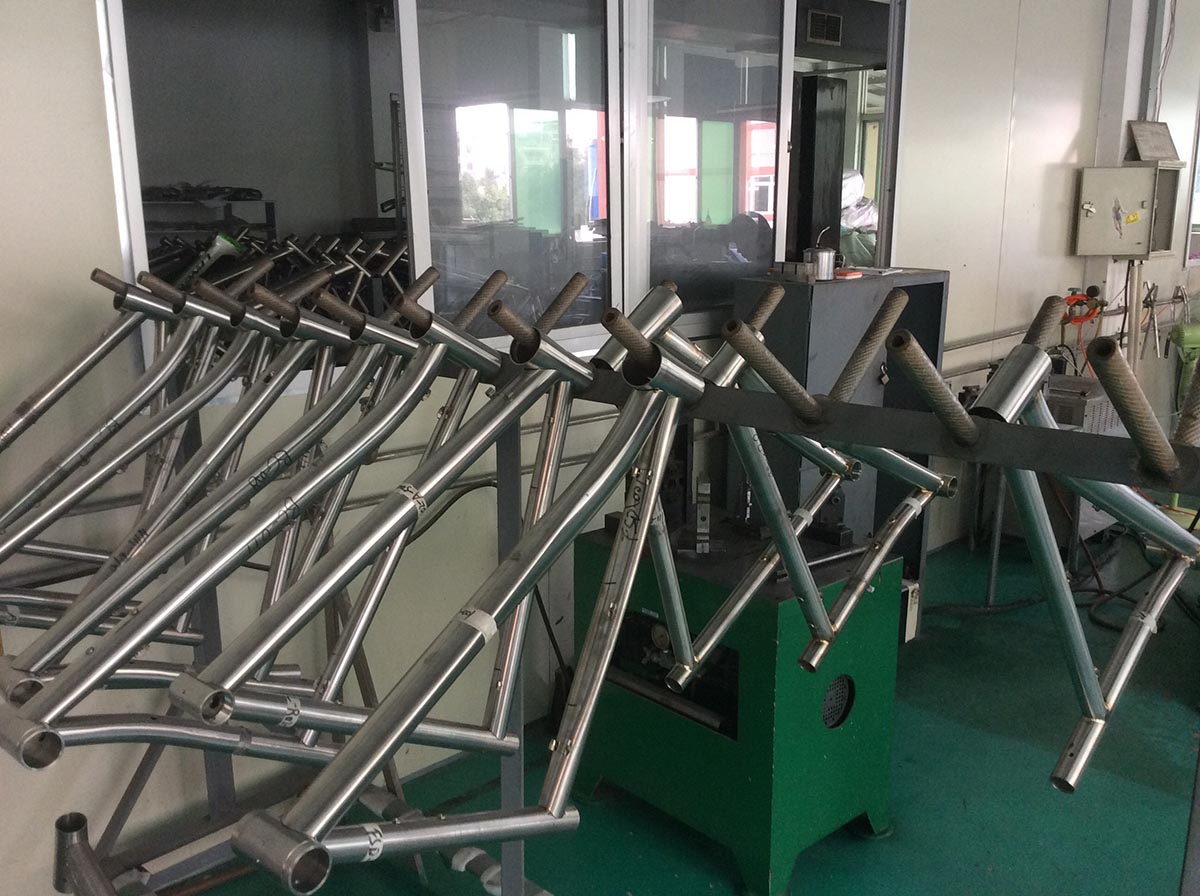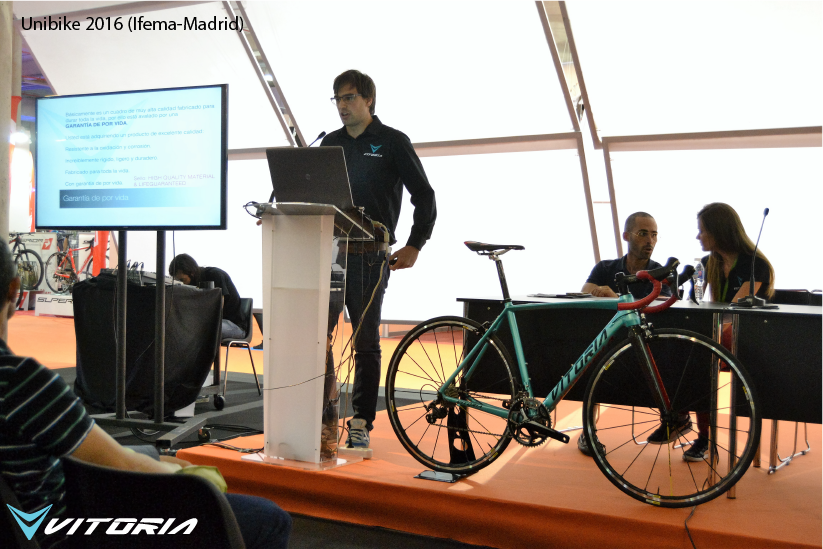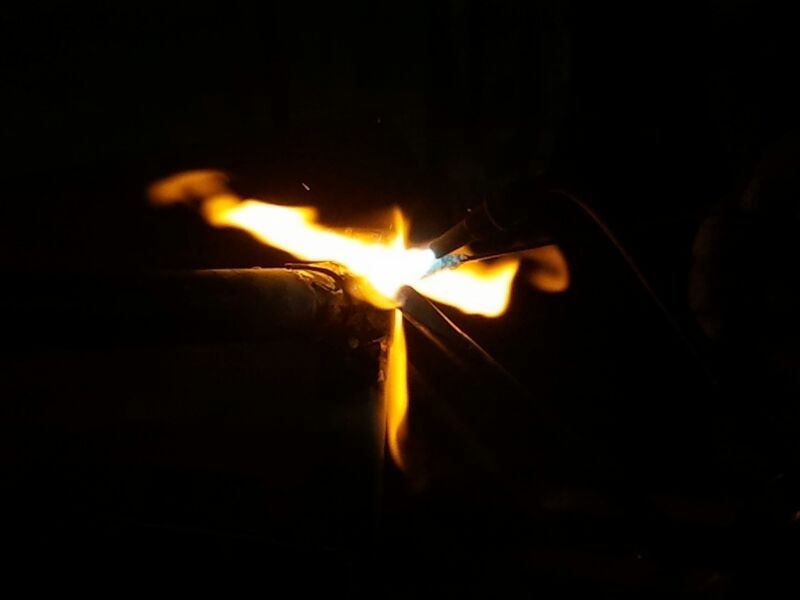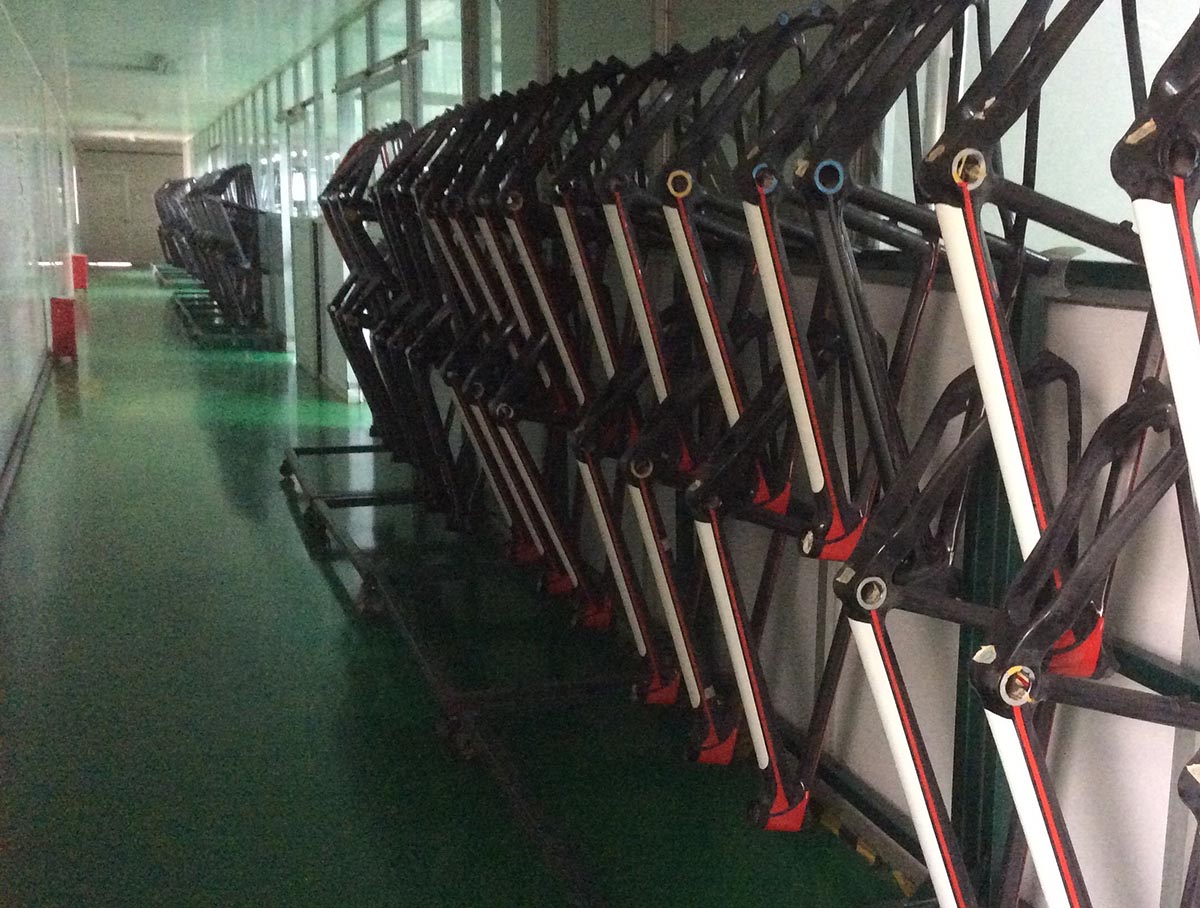
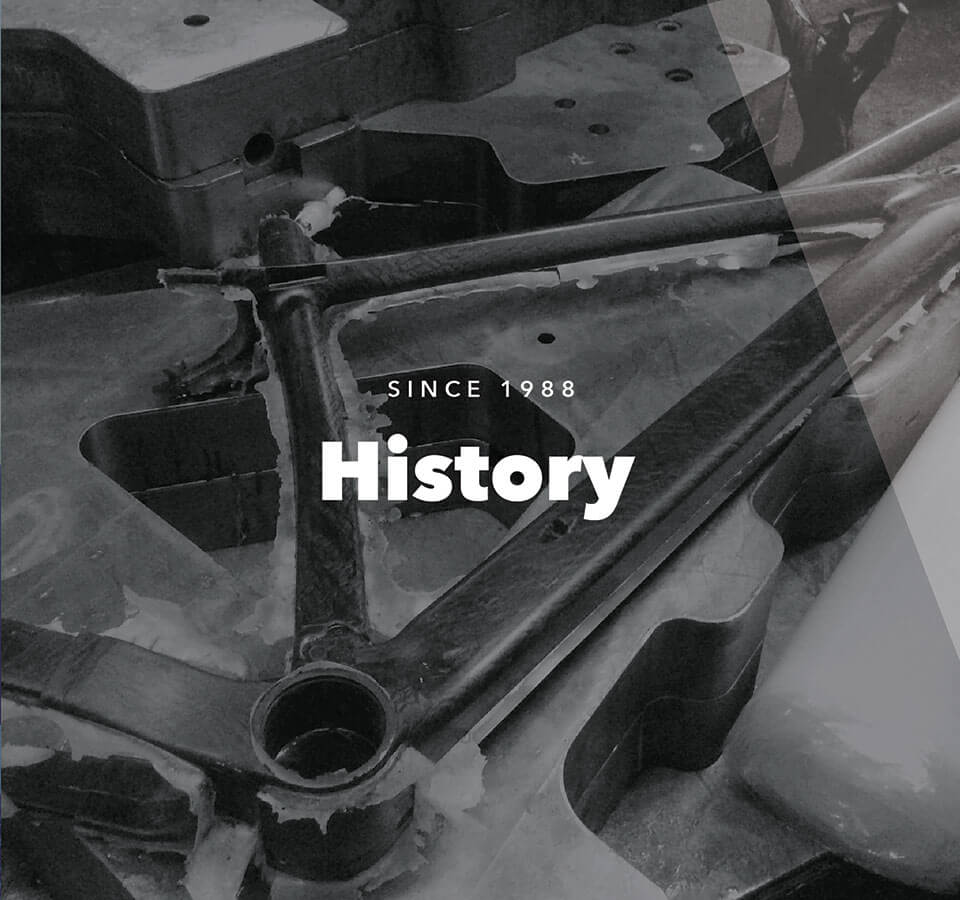
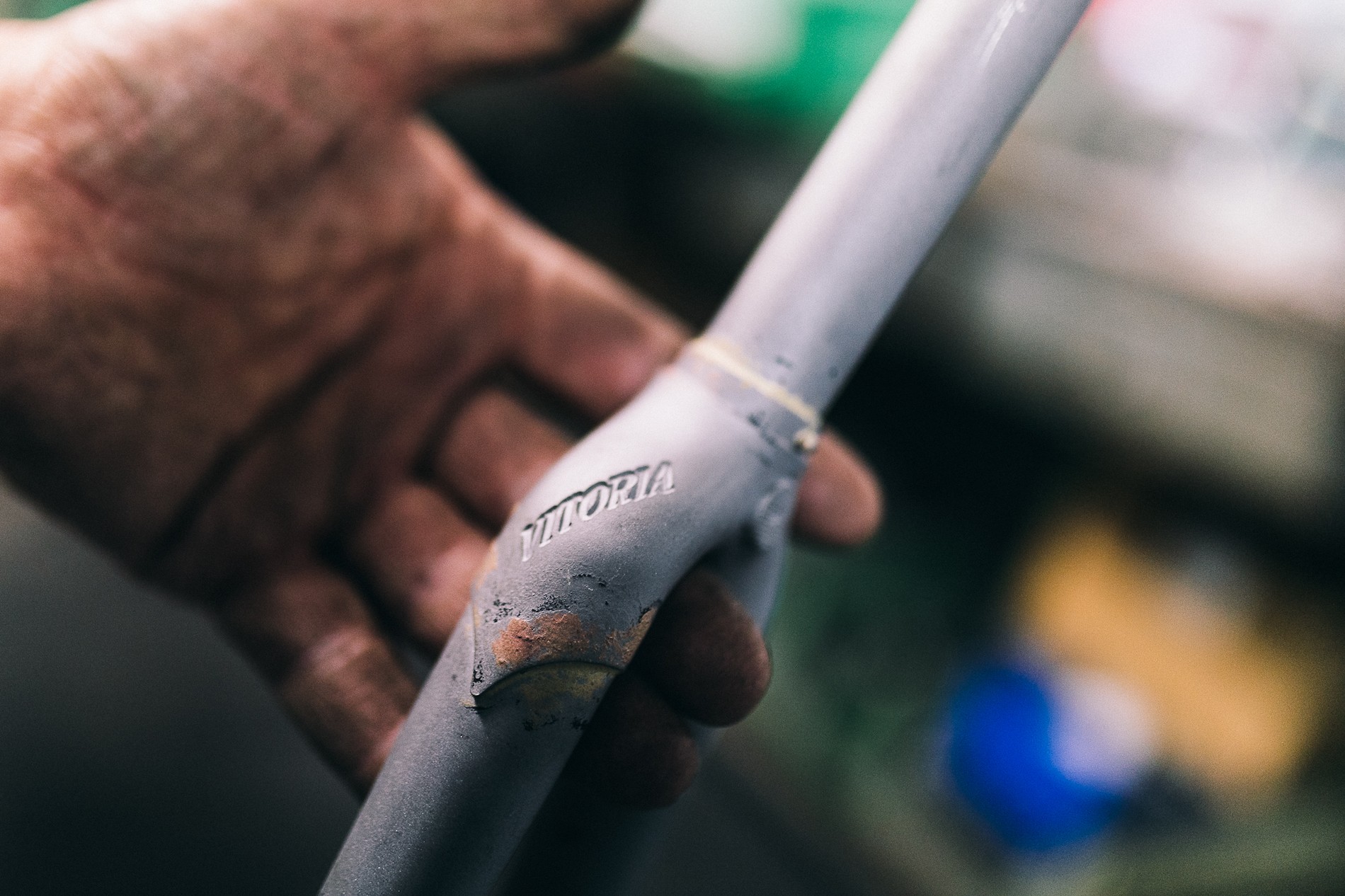
- Lightweight
- Sizeable Carbon Fiber line-up
- Diverse Resin Line-Up
- Nanoalloy Tech
Research and Development
In the era of rapid changes that we are experiencing, very demanding R&D and innovation are necessary to have the ability to adapt to constant change. Engineering technology innovation ensures product performance, cost and efficiency, with market outlook, demand and preferences constantly changing.
Why do we insist on using Toray carbon fiber in frame manufacturing?
The choice of the raw material with which it is manufactured is extremely important. At Vitoria we always adhere to our quality-first policy and are not willing to take risks to reduce the stability of product quality to save costs.
-Lightweight
Toray offers an industry-leading line of carbon fibers, from the standard TORAYCA T700S to the most modern TORAYCA T1100G and M40X that offer high strength and high modulus of elasticity.
-Sizeable Carbon Fiber line-up
Performance is not determined solely by the carbon fiber, but also by the resins that have a profound impact on the characteristics of the composites.
-Diverse Resin Line-Up
Improved dynamic properties, fast curing resin that improves pressure curing production efficiency, high heat resistance resin, vibration absorbing resin and impact resistant resin.
-Nanoalloy Technology
Toray has improved the frame's strength and reduced weight by creating resin by applying a nano-level material control technology called Nanoalloy. These state-of-the-art materials from Toray are used in many of the bikes used by the top Tour de France professionals.
DEVELOPMENT
Frame development is a process from initial conception to mass production, combining design creativity with precision engineering to achieve a product that is safe, efficient and aesthetically appealing.
We divide it into the following stages:
Conceptualization: In this initial stage, the design objectives, target audience, and key desired features are defined. Ergonomic and aerodynamic considerations are established. Conceptual design: Creation of initial sketches and concepts based on established objectives. Different geometries, materials and suspension systems are explored if applicable.
3D Modeling: 3D modeling software is used to transform concepts into detailed digital designs. At this stage, factors such as tube shape, location of component mounts, and integration of aerodynamics are considered.
Analysis and simulation: Finite element analysis (FEA) is performed to evaluate the strength and stiffness of the design under different conditions. Stresses, loads and vibrations are simulated to ensure safety and performance.
Prototyping: Physical prototypes of the frame are made from less expensive materials to verify geometry and handling characteristics. These prototypes are crucial for practical, real-world testing.
Material selection: The materials are chosen, the quality and specifications of the material are essential to determine the strength and weight of the frame.
Construction details: Construction details are defined, such as the arrangement of the carbon fiber layers, the orientation of the fibers, and the amount of resin to be used. These details directly affect the strength and rigidity of the frame.
Testing and Refinement: The frame undergoes laboratory testing and field testing to evaluate its performance and durability. The results are used to make adjustments and improvements to the design.
Finishing and production: Once the design has been validated, we proceed to the production stage, which includes mass manufacturing of the frame and the application of finishes such as painting and graphics.
CARBON MANUFACTURING PROCESS
Molded: A positive cast or mold of the bicycle frame is created based on the 3D design. This mold is usually made of materials such as aluminum or steel and represents the desired shape of the frame. Toray carbon fiber sheets are cut into specific shapes, called prepregs, and placed in the mold in layers, with each layer oriented differently to optimize strength and stiffness.
Lamination process: The carbon fiber layers are impregnated with epoxy resin, which acts as an adhesive and provides rigidity to the frame when it hardens. A precise amount of resin is applied in each layer to avoid excesses or deficiencies.
Compaction and curing: Once all layers have been applied, the mold is closed and pressure is applied to compact the fiber layers and remove excess resin. The frame is placed in an oven or autoclave where it is cured at specific temperatures and pressures to harden the resin and create a solid, rigid frame. Post processing: After curing, the frame is removed from the mold and additional machining is performed to create holes for components such as the headset, bottom bracket, and brake and derailleur mounts.
Finish: The painting is sanded and painted according to the desired design and colors. Logos and other graphics are applied to the frame.
Quality inspection: The frame undergoes a rigorous quality inspection process to ensure it meets design specifications and ISO 4210 safety standards.
